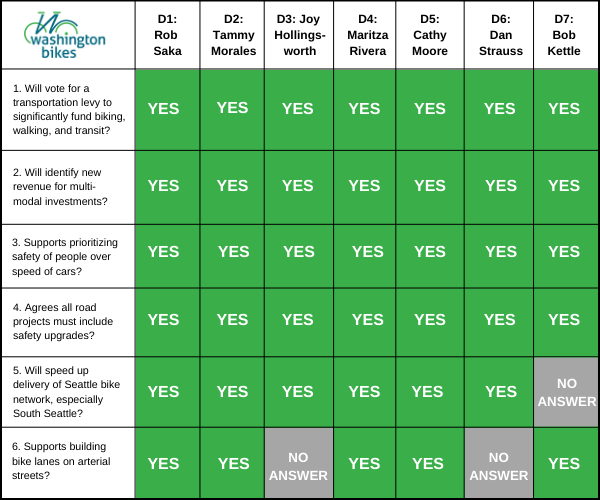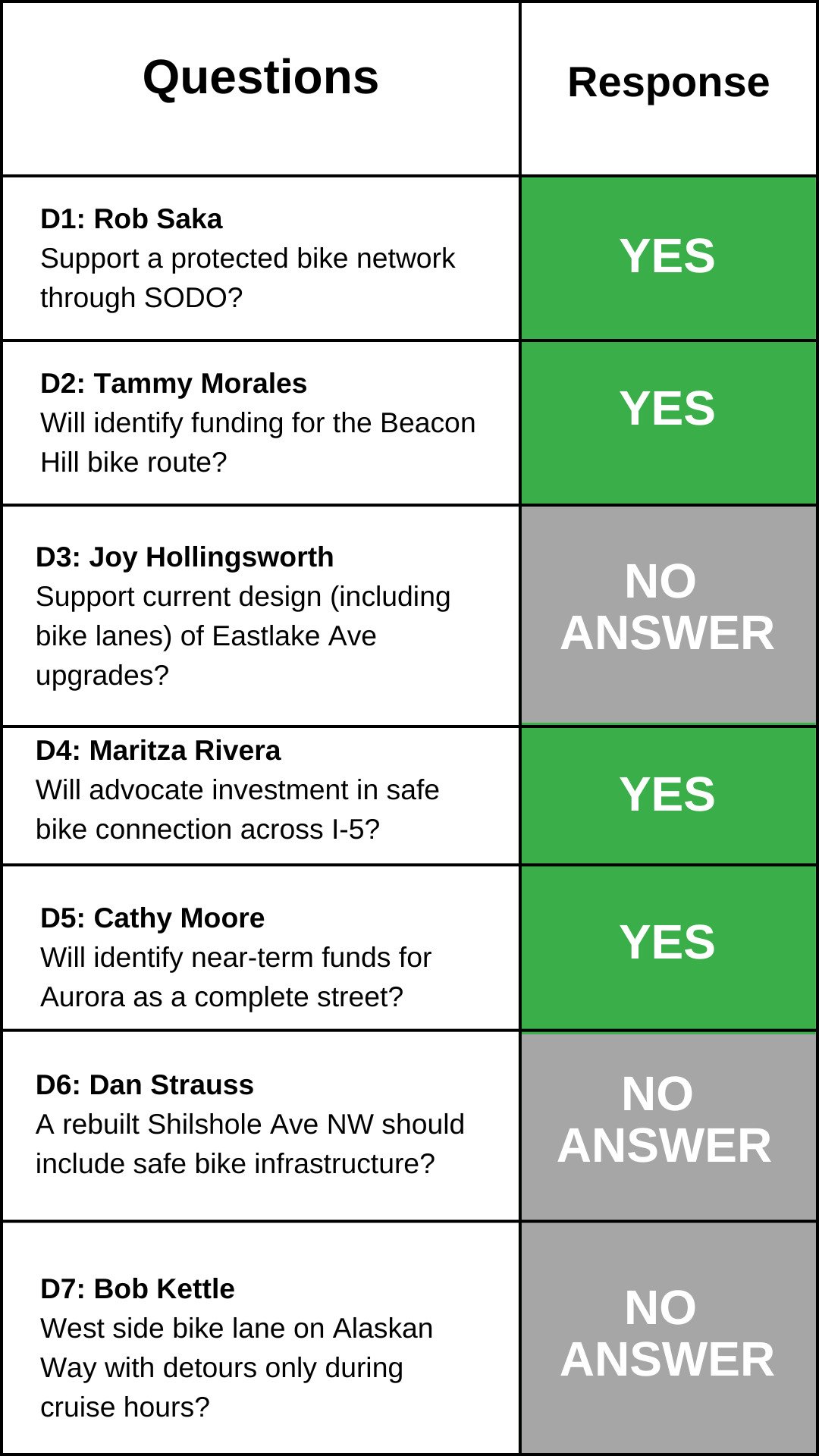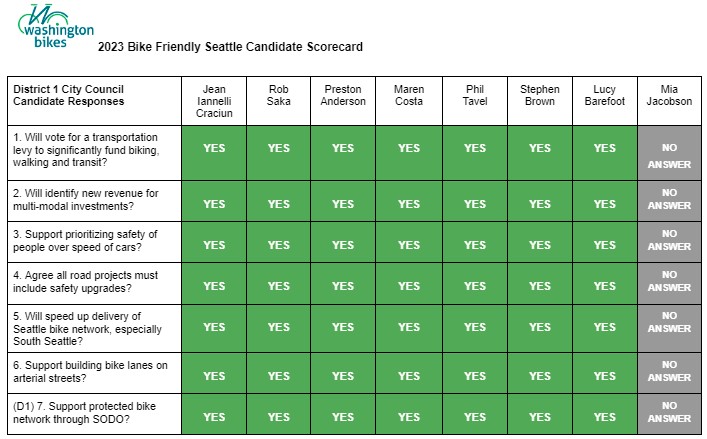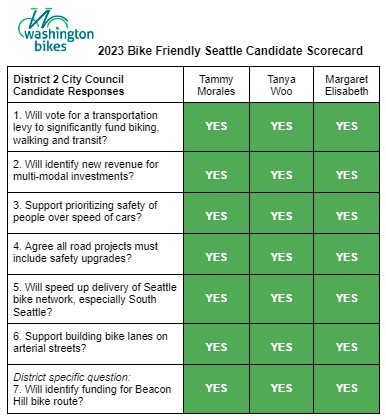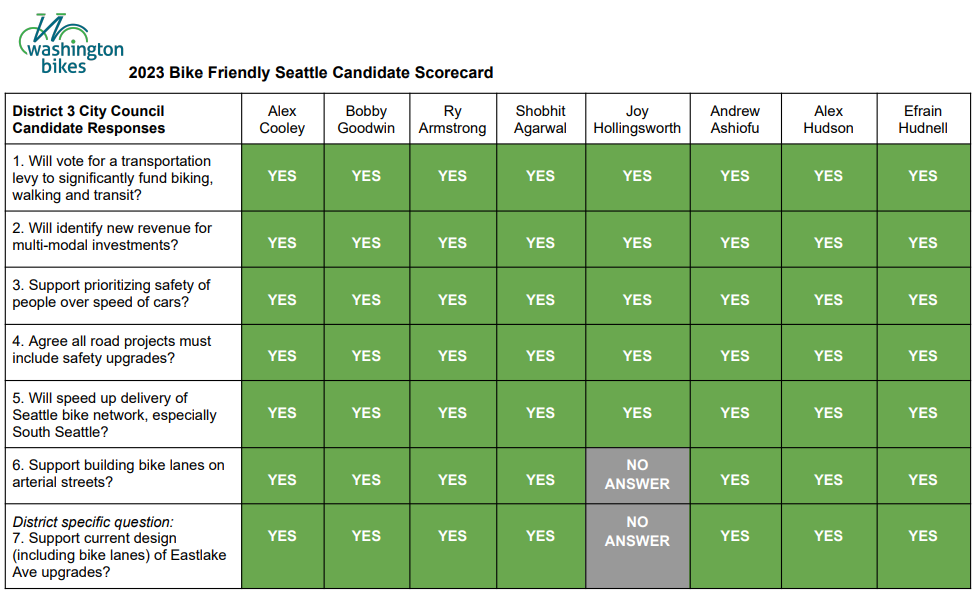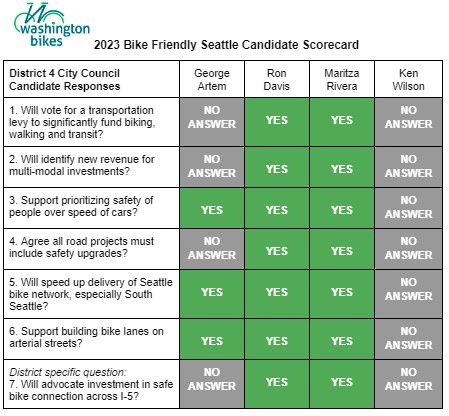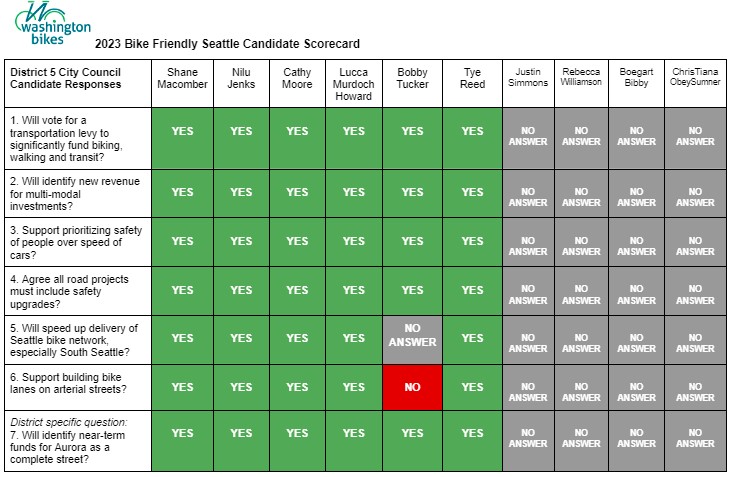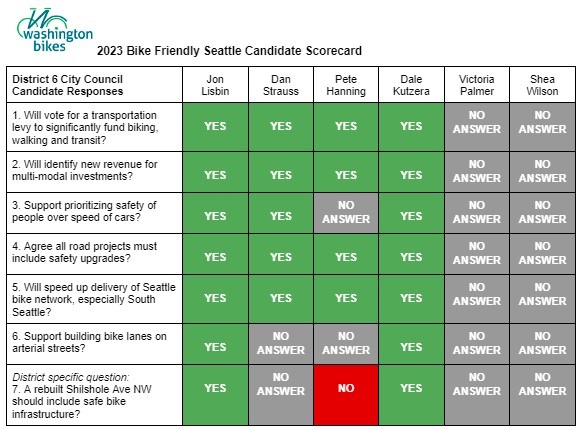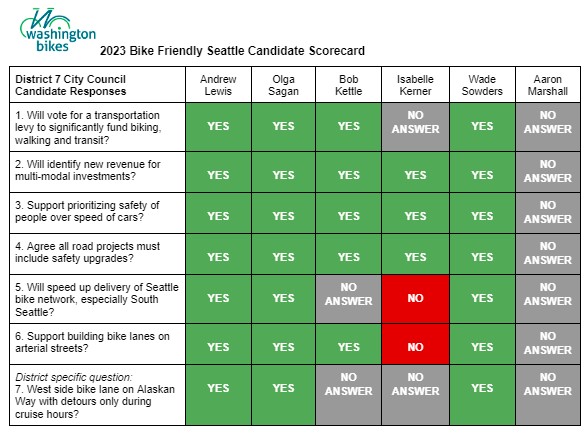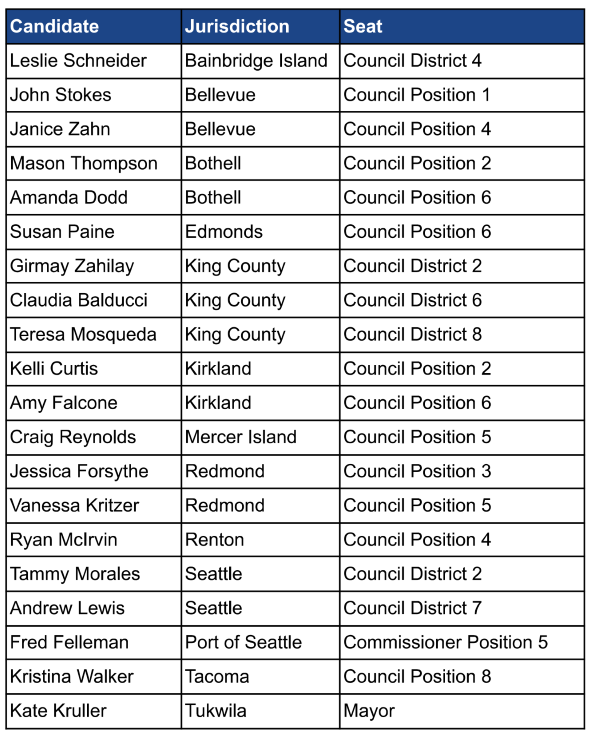- Washington Bikes is visiting Bellingham, Spokane, and the Tri-Cities this summer to meet and strategize with local bike advocates.
WA Bikes shapes policies and investments for better biking across the state. This summer, we’re hitting the road to meet people working hard in their communities to make biking safe, accessible, and enjoyable.
Why? Passionate community members, active transportation organizations, and other allies from Spokane to Port Townsend are making great progress towards connecting their communities by bike. They’re pushing for new bike lanes; more holistic planning for biking, walking and rolling; starting bike buses for school children, and helping secure funding to build all these initiatives.
But local advocacy is hard to sustain, and people shouldn’t have to reinvent the wheel every time they want to make a difference in their community. We hope that by connecting and listening to people across the state, we can identify common barriers, share winning tactics, and build towards a more bikeable Washington. We can go farther together!
Our Summer 2024 Road Trip includes visits to Bellingham, Spokane, and Tri-Cities. We’re also hosting a special convening in Tacoma in September, and you’re all invited!
If you’re an advocate in Bellingham, Spokane, or Tri-Cities, send us an email at rachels at wabikes dot org to set up a meeting, join the events we are already planning, or share your knowledge about current issues. We can’t wait to connect and learn about the ways your community is working to make biking better.
Things We’ve Learned by Listening to Bike Advocates Statewide
Our summer road trip is part of a broader push from us to deepen connections with community advocates across Washington. Here’s what we’ve heard so far this year:
- Communities across the state face similar transportation challenges.
- People want to bike and walk but often can’t go farther than the end of their neighborhood due to surrounding large roads with fast traffic. Communities that are trying to build safer streets for vulnerable road users have limited resources, be that funding, design guidance, or staff time.
- Want to win support for biking? Make it about the kids.
- Youth bike clubs and in-school bike classes, summer camps, bike buses, and safe routes to school–these are all initiatives that get kids on bicycles and have widespread support. Local advocates who are getting youth on bikes find it a great way to win support for safer streets from parents, schools, and elected official.
- It’s an obvious win for the kids too!
- Community bike rides with your local elected officials make a difference.
- The best way to learn about a community is to ride with the people who live there! We’ve learned the most about a community’s bike challenges, successes, and opportunities from the seat of our bikes. Community advocates are having great success getting their electeds on board with biking by literally getting them on a bike to experience the differences between high-quality and poor-quality bike infrastructure.
Join us at the Bike Walk Roll Summit!
The Bike Walk Roll Summit, Sept. 12-13 in Tacoma, brings together advocates, professionals, and elected officials from across the state to collaborate and learn how to make Washington safe and accessible for everyone who bikes, walks, and rolls. There will be opportunities to connect with people doing local advocacy across Washington. Learn more and register here.
